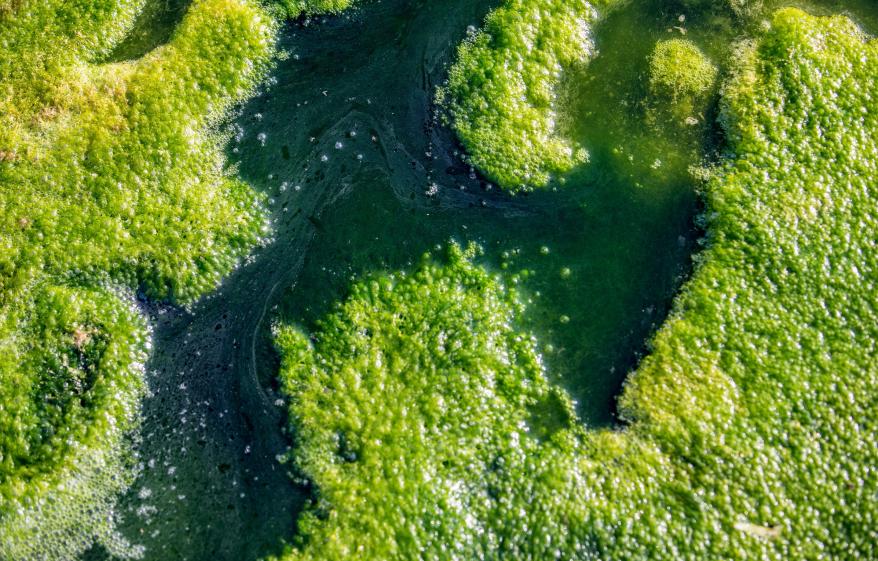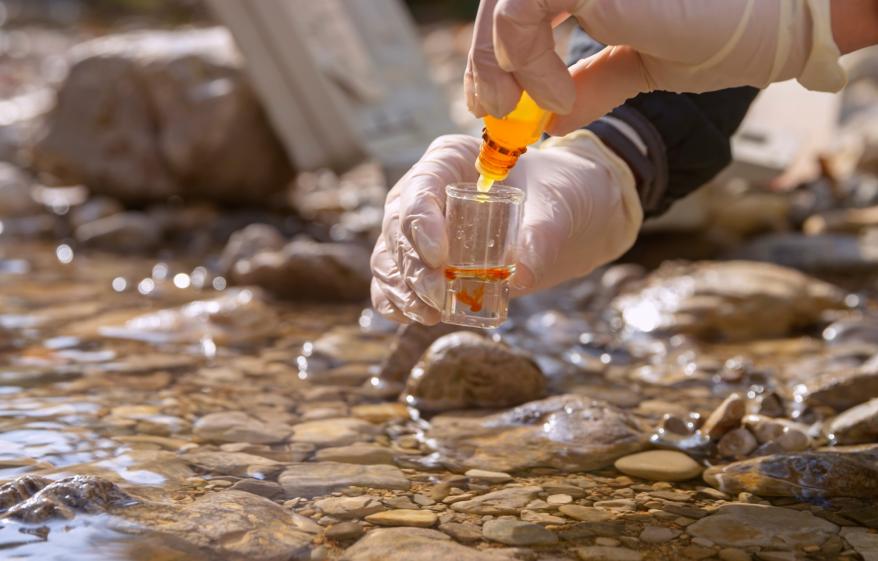
The History of the UK’s Sewage System
Every day in the UK about 347,000 kilometres of sewers collect over 11 billion litres of wastewater, so it might surprise you to hear that the UK’s current sewage system is largely the same as when it was built in the Victorian period.
Innovative at the time, the combined sewage system means that both wastewater and rainwater flow through the same pipes, which are designed to discharge sewage in the event of heavy rainfall. When first implemented in the 1850s, London's system was supposed to discharge for around 12 days a year, but now there are more than 60 days a year of wastewater discharge, leading to increasing overflow issues. In London alone, about 39m tonnes of sewage overflow enters the River Thames each year. Due to this sewage overflow, wastewater, forever chemicals and microplastics are entering our waterways and environment.
How did we get here?
The earliest semblance of a sewage system in the UK dates back to the Roman occupation, when Roman engineers constructed rudimentary drains and sewers in military camps and towns. Designed to channel waste away from populated areas, these systems were remarkably advanced for their time.
With the fall of the Roman Empire, the sewage infrastructure deteriorated, leading to unsanitary conditions during the mediaeval period. Cities grew, but waste disposal remained a significant challenge and waste was often thrown into the streets or rivers, contributing to rampant disease outbreaks, including the infamous Black Death.
The 19th century marked a turning point in the UK's sewage history. Rapid urbanisation and population growth in cities exacerbated the sanitation crisis. The River Thames became a cesspool of human and industrial waste, creating an unbearable stench that permeated the city during the summer of 1858, famously known as The Great Stink.
The severity of the situation forced the government to take action. Engineer Sir Joseph Bazalgette was tasked with revolutionising London's sewage system, and his solution involved an extensive network of intercepting sewers that diverted waste away from the Thames to strategically placed treatment facilities. Completed in 1875, his system laid the foundation for modern sewage infrastructure, which largely remains the same to this day.
Where do we go from here?
As the Victorian system struggles to provide the services needed in the modern day, we face an escalating environmental catastrophe.
Onunda's technology has been developed to tackle this challenge by providing additional treatment capacity to existing wastewater treatment facilities. This is achieved by retrofitting our technology to reduce throughput constraints, remove harmful contaminants, and eliminate raw sewage from entering the waterways.













